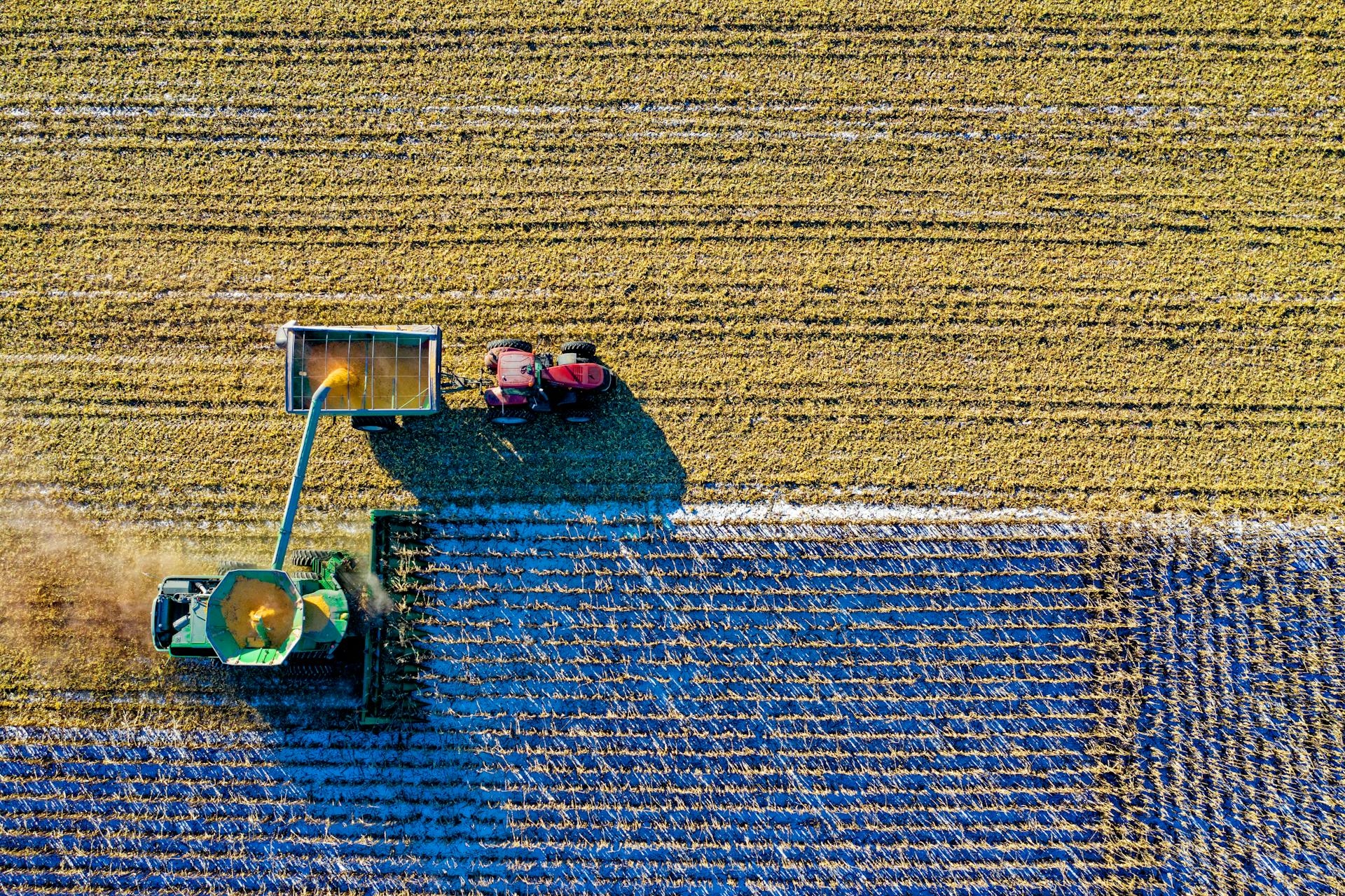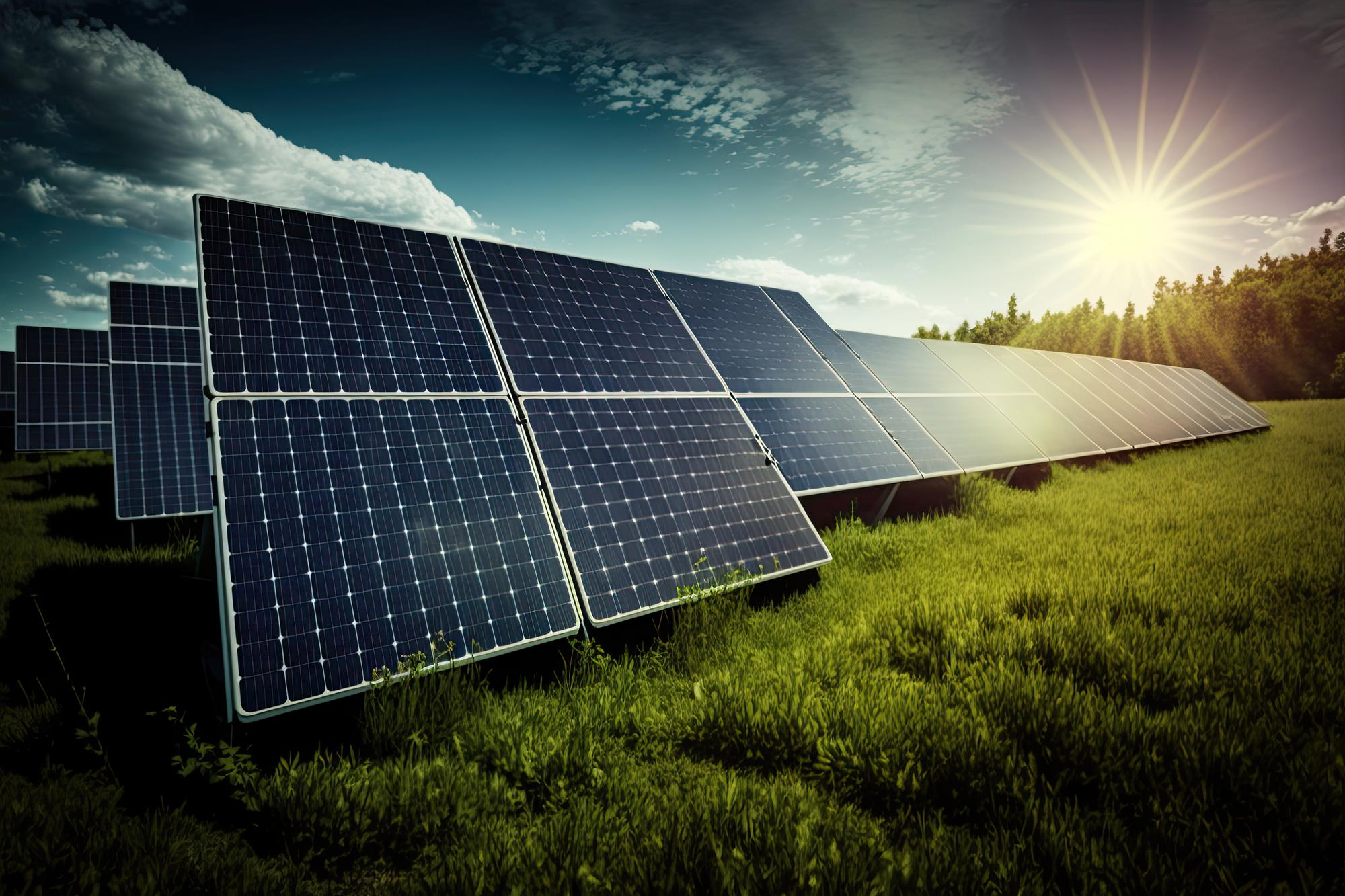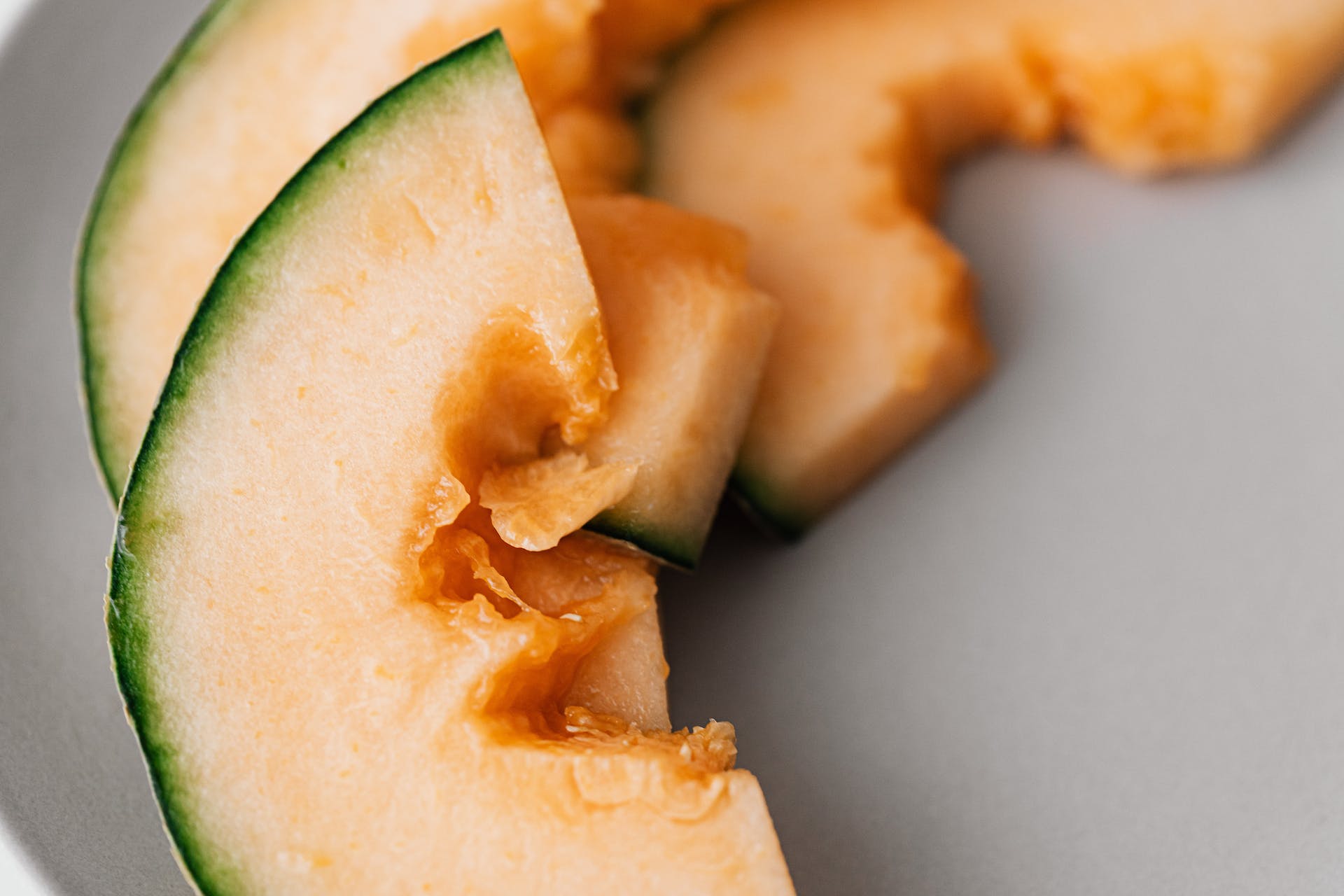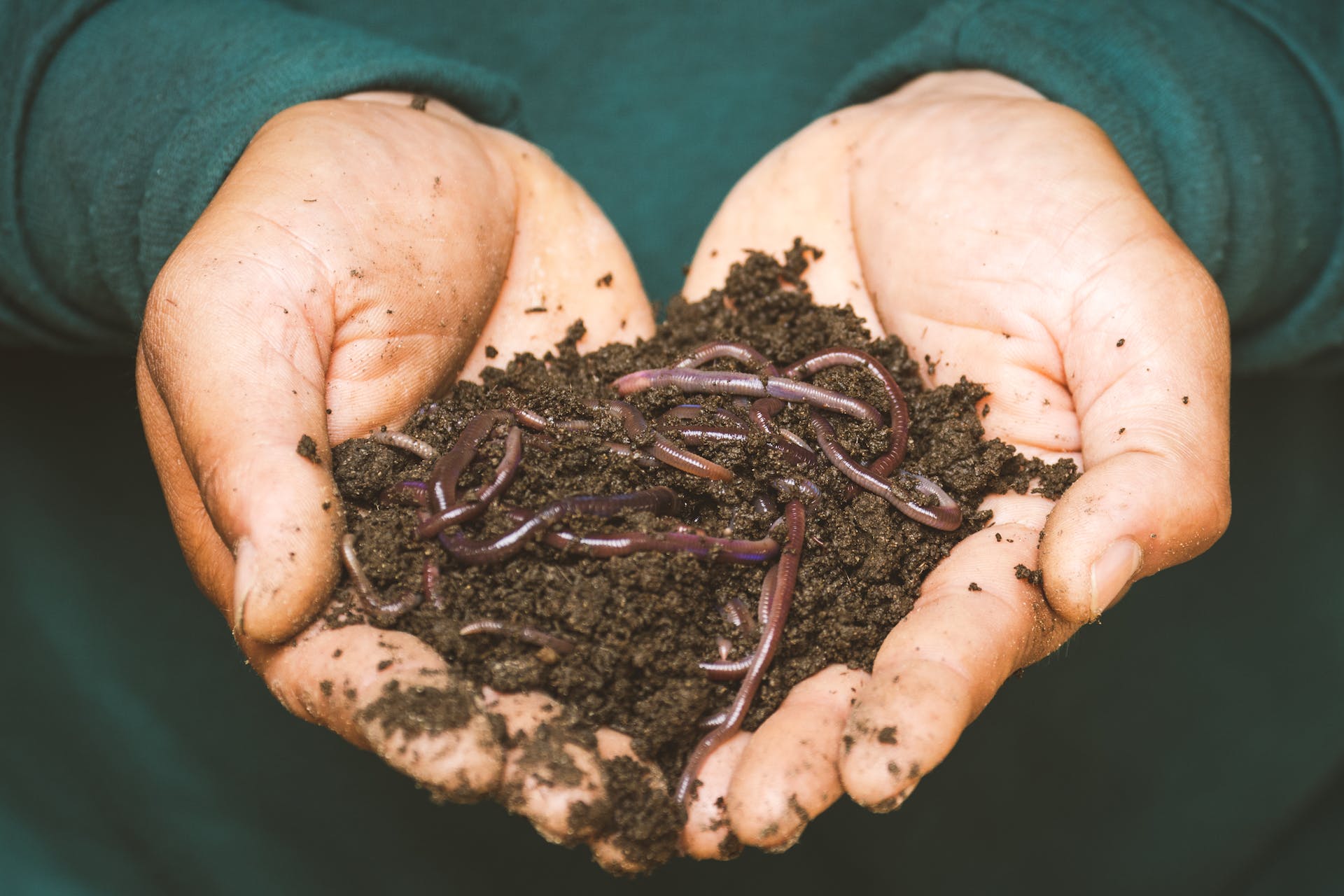Sustainability
Revolutionize Your Water Management: The Ultimate Guide to Remote Water Monitoring
Posted in Sustainability on Jul 12, 2024

Water is essential for life, and managing it effectively is crucial for our communities and environment. In recent years, advancements in technology have transformed how we monitor and manage water resources. One such innovation that has revolutionized water management is remote water monitoring. This guide will explore what remote water monitoring is, why it's important, how it works, its benefits and challenges, and practical steps to implement it.
Sustainable Farming: Recent Technological Advances Transforming Agriculture
Posted in Farming, Sustainability on Jul 06, 2024

Sustainable agriculture represents a key approach to some major global crises – food security, climate change, and environmental degradation. Boasting more efficient processes, vastly higher output, and much less waste, the blossoming smart agriculture/minority concept is truly proving itself to be a worthwhile investment that aims to radically capitalize on the advances in both agriculture and technology. In this paper, we explore recent advances in using various technologies in Sustainable Farming, as well as the results obtained from these innovative undertakings.
The Future of Energy Optimization: How Solar is Changing the Game
Posted in Sustainability on Jul 05, 2024

Discover how solar energy is revolutionizing energy optimization. Explore the future of sustainable power with our insights on solar innovations and benefits.
Green Escapes: Uncovering the Best Parks in Mississauga for Locals and Tourists
Posted in Sustainability, Travel on May 09, 2024

Welcome to Mississauga, Ontario—a vibrant city that strikes an impressive balance between urban bustle and tranquil green spaces. Whether you're a local resident or a tourist exploring the Greater Toronto Area, Mississauga's parks offer a refreshing escape from the concrete jungle. Like a cup of morning coffee for the sleepy commuter, these parks awaken the senses and invigorate the soul, providing a lush backdrop to daily life. In this article, we'll journey through the best parks in the city, uncovering why these spots deserve a pin on your map.
Improving your quality of life can often feel like an impossible task, especially when you’re not sure where to start. The good news is that small, manageable changes in your daily routine can have a profound impact on your overall well-being. This article explores eight simple lifestyle adjustments that can lead to a happier, healthier you. From the foods you eat to the way you decorate your living spaces, each step is designed to enhance your day-to-day life.
Incorporating Native Ferns into Your Landscape Design
Posted in Homeowners, Gardening, Sustainability on Apr 15, 2024

Enhance your landscape design with native ferns. Discover the beauty and benefits of incorporating these indigenous plants into your garden.
How Organic Cantaloupe Cultivation Promotes Environmental Health
Posted in Gardening, Sustainability on Jan 26, 2024

Delve into the connection between organic cantaloupe cultivation and environmental health on our website, uncovering the benefits of sustainable farming.
In recent years, the invasive plant species known as knotweed has gained notoriety for its detrimental impact on ecosystems and biodiversity. Originally introduced as an ornamental plant, knotweed has spread rapidly, wreaking havoc on native ecosystems. This blog post explores the insidious effects of knotweed on our environment, highlighting the importance of understanding and managing this invasive species.
Creating an eco-home can be complex or simple. It depends on the type of home you have, its age, and your willingness to make some changes. Solar panels and improved water management are among the basics, extending into areas such as smart technology. Making some of these changes is easier when starting a project from scratch. But there is no reason you can begin making your home more eco-friendly in some minor ways as a family.
The Benefits of Worm Castings: A Closer Look at Soil Regeneration
Posted in Gardening, Sustainability on Jan 11, 2024

When it comes to gardening and farming, soil health is paramount. Rich, nutrient-packed soil encourages vibrant plant growth and supports a thriving ecosystem. Among the various organic amendments available to enhance soil quality, worm castings stand out as a remarkable natural fertilizer. But these are not just any ordinary compost; they're the gold standard for gardeners and farmers alike who are looking to revitalize their soil organically and sustainably. In this post, we'll unearth the world beneath the soil's surface, where these tiny yet mighty creatures work tirelessly to convert organic waste into black gold for your garden.


